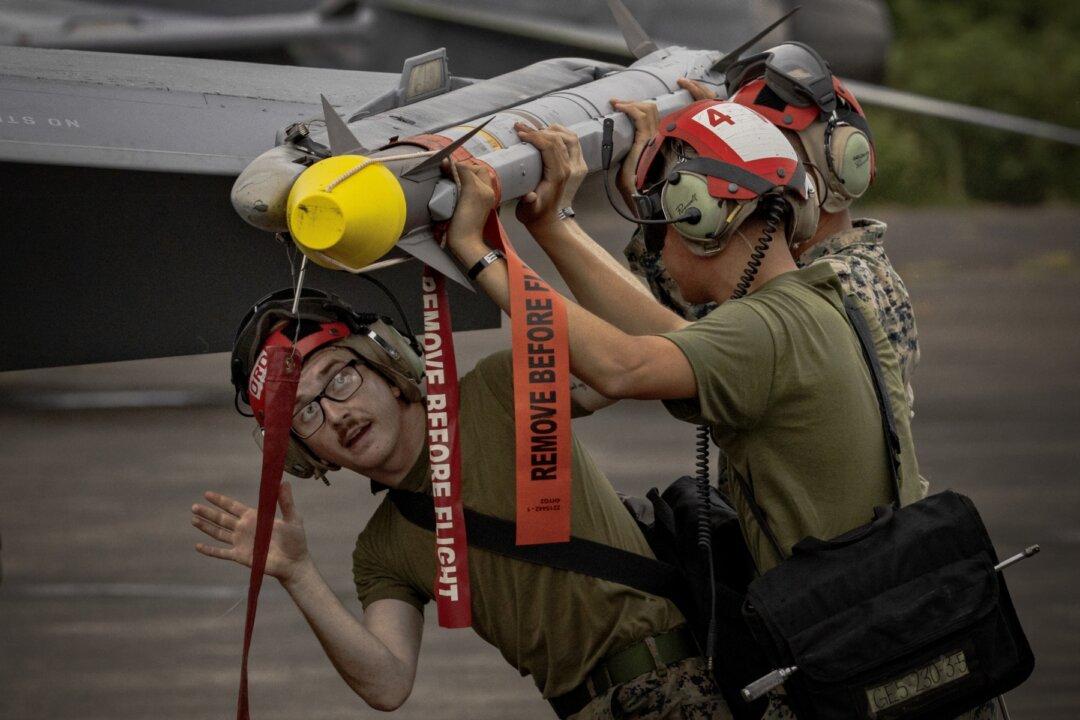Commentary
Using the ever-popular Presidential Drawdown Authority, the Biden administration has authorized another $250 million in weapons transfers to Ukraine. This $250 million will leave the Pentagon with about $5.4 billion in authority to pull existing weapons from its weapon and equipment stockpiles to send to Ukraine without congressional authority.





